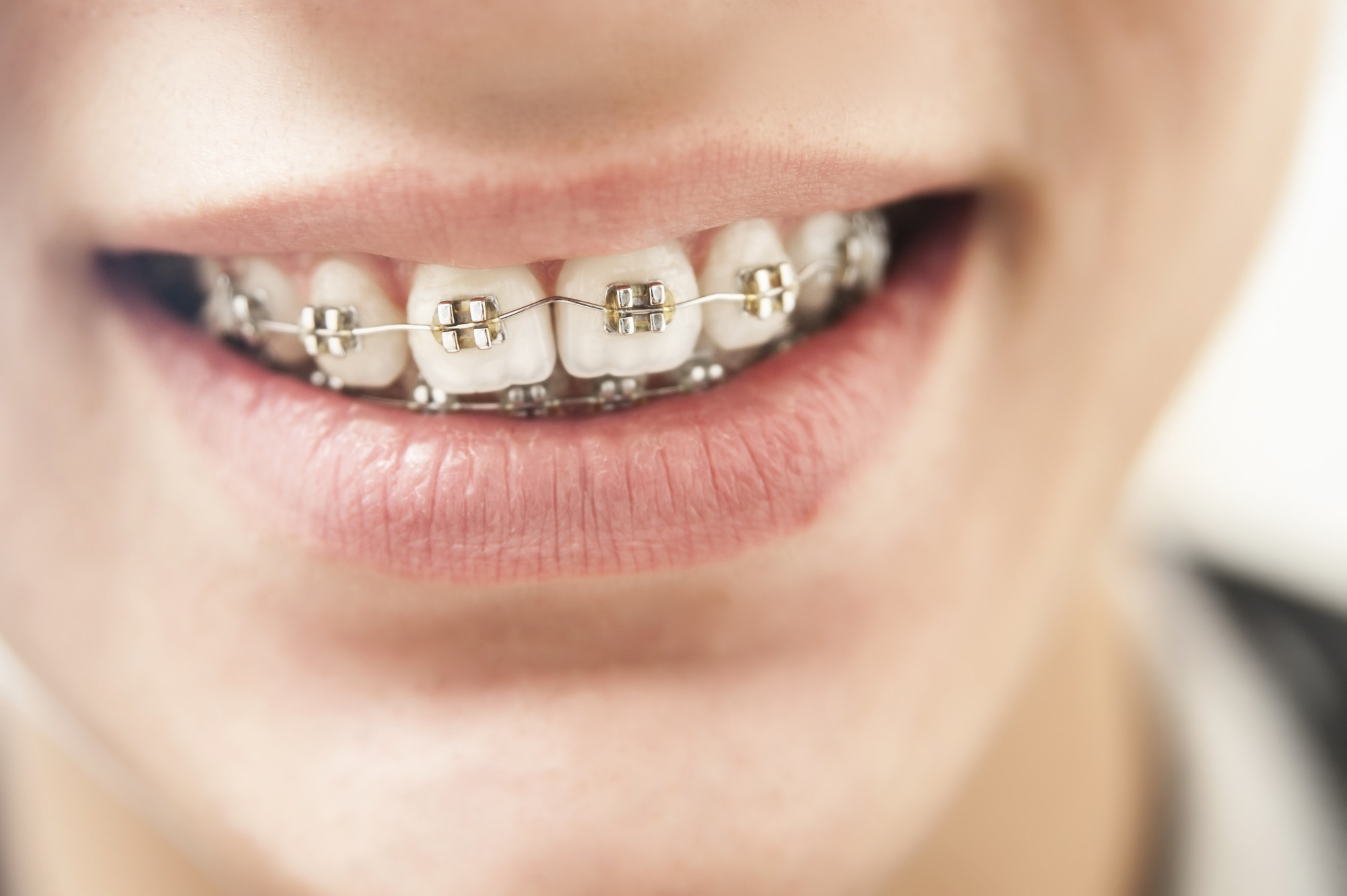
About four million people in North America younger than 18 already wear braces. In fact, four of every five people wearing braces are minors.
Does your child need children’s braces? The American Association of Orthodontists recommends children visit their orthodontist no later than age 7. However, you might have already spotted the signs it’s time to consider braces for your child.
Read on to discover the four signs your child is ready for braces today.
1. Spacing or Bite Issues
Treatment for braces usually begins when your child is between the ages of 9 to 14 (once they start getting permanent teeth). However, your child might need braces sooner if they have spacing or bite issues.
A child’s jawbone is still pliable, meaning their jaw is more responsive to orthodontics. You can ensure a better outcome from orthodontic treatment if they start while they’re still young. For example, you might notice your child has a:
- Crossbite
- Upperbite
- Underbite
For a crossbite, your child’s orthodontist might recommend a palatal expander to widen their upper jaw. If their teeth are overcrowded, their jaw is too small for permanent teeth. Crowding issues can cause alignment issues in the future.
Your child might also have protruding teeth, increasing the risk of chipping, fractures, or other accidents.
If your child has a spacing or bite issue, talk to an orthodontist for child’s braces.
2. Habits Like Thumb Sucking
Most children stop sucking their thumbs between 2 and 4 years of age. However, if your child maintains the habit, it might cause their upper front teeth to protrude forward. They might develop crowded teeth or speech problems as a result.
If your child is older than 4 years of age and still sucks their thumb, consider child braces. Talk to the orthodontist for tips to discontinue the habit, too. For example, you can use positive reinforcement or distractions to help your child break the habit.
3. Mouth Breathing
Has your child started breathing through their mouth? Your child might have cracked lips, snoring problems, or bad breath as well. If these problems sound familiar, consider braces for children.
Otherwise, mouth breathing might change how your child’s jaw is structured. Their risk of gum disease can increase if they don’t seek treatment. In time, gum disease could progress, leading to tooth loss.
4. A Lisp
Your child might also develop a lisp over time if their jaw or teeth aren’t properly aligned. For example, they might struggle to pronounce certain words. It’s likely their upper jaw has narrowed, causing their speech issues.
Talk to an orthodontist for children’s braces. Orthodontic treatment can fix their alignment issues before it develops into more severe problems.
Straight Smiles: Consider Children’s Braces to Remedy These Problems
Do these four problems sound familiar? Consider talking to an orthodontist for child’s braces right away. Children’s braces can fix your child’s alignment issues, improving their smile, ability to chew, and oral health.
Don’t hesitate to schedule a consultation appointment for your child. We’re happy to help.
Contact us today to get started.

